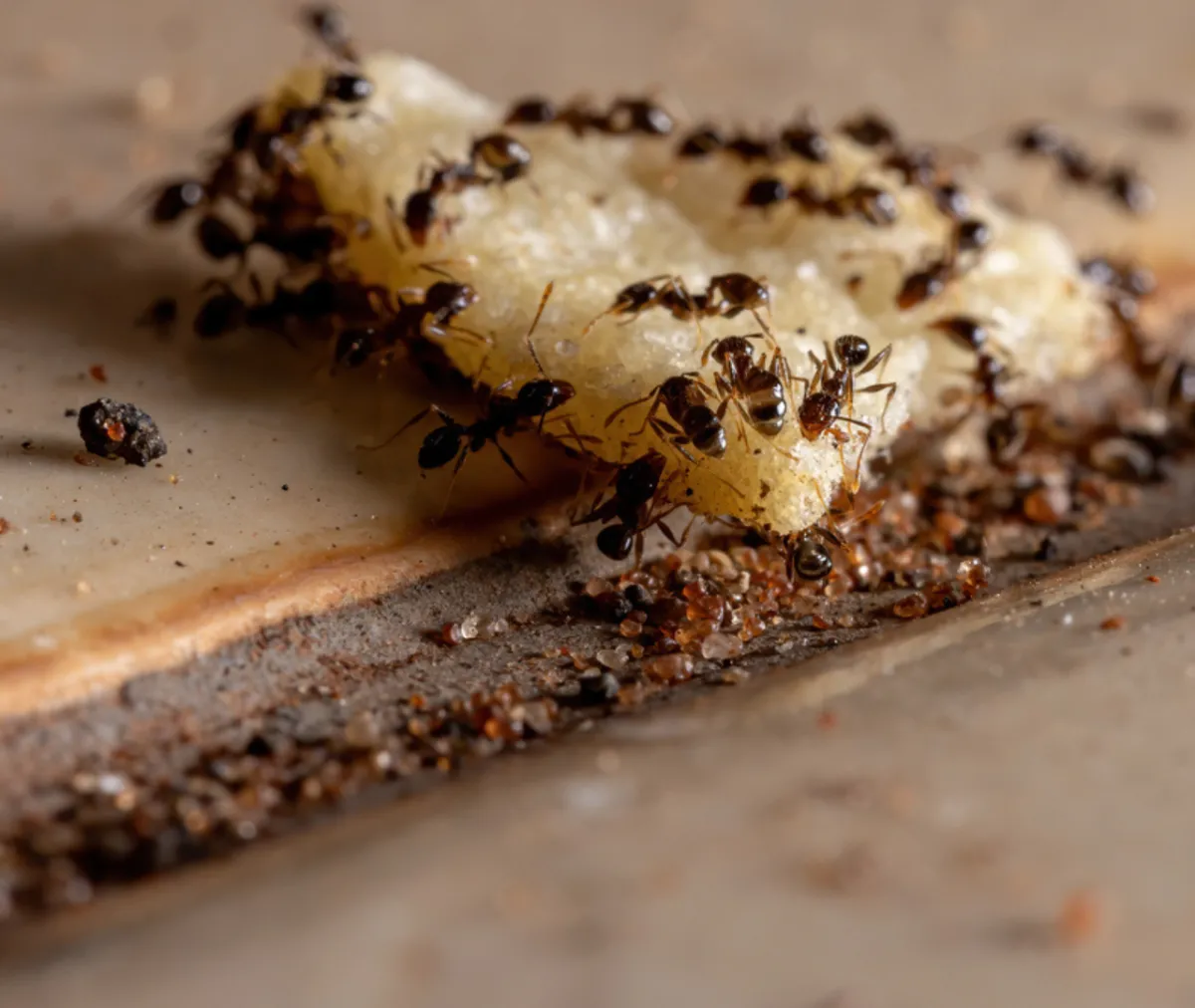
How to Protect Your Pantry from Mice, Ants, and Other Invaders
A well-stocked pantry is a comfort—until pests find their way in. Mice, ants, cockroaches, and pantry moths are among the most common intruders that can contaminate food, chew through packaging, and cause costly infestations. But with a few preventative steps and consistent habits, you can protect your pantry from becoming a pest playground.
Here’s how to keep your pantry safe from unwanted invaders.
1. Store Food in Airtight Containers
Why it works:
Pests are drawn to the scent of food. Original packaging—especially cardboard or thin plastic—doesn’t do much to block smells or keep pests out.
What to do:
Transfer dry goods like cereal, flour, pasta, rice, sugar, pet food, and snacks into airtight containers made of glass, heavy-duty plastic, or metal. This eliminates scent trails and physically blocks pests from accessing the food.
2. Keep Your Pantry Clean and Crumb-Free
Why it matters:
Even small crumbs or spills can attract a colony of ants or a family of rodents.
How to do it:
Wipe down shelves regularly with a mild disinfectant.
Sweep or vacuum the pantry floor weekly.
Immediately clean up any food spills or packaging leaks.
Don’t forget the corners and hidden spaces behind food items.
3. Rotate Food and Check for Expiry Dates
Why it helps:
Old or forgotten food can go rancid or attract pests. Pantry pests like weevils and moths love infesting outdated grains and flour.
Tips:
Follow the FIFO method (First In, First Out): place newer groceries behind older items.
Check dates monthly and discard expired goods.
Examine grains and baking items for signs of infestation (webbing, tiny bugs, or off smells).
4. Seal Cracks and Entry Points
Why it’s essential:
Rodents can squeeze through a hole the size of a dime. Insects can sneak through even smaller gaps.
What to do:
Inspect the pantry walls, baseboards, ceiling corners, and around doors for small holes or gaps.
Use caulk, weather stripping, or steel wool to seal openings.
Install door sweeps to keep insects and rodents from crawling in under pantry doors.
5. Avoid Storing Pet Food in Its Original Packaging
Why this attracts pests:
Pet food is rich in proteins and fats, making it very appealing to mice, ants, and beetles. The original bags are rarely pest-proof.
How to fix it:
Transfer pet food to sealable containers, just like human food. Avoid leaving open bowls of pet food sitting overnight in or near the pantry.
6. Set Traps or Deterrents Proactively
Why prevention is better than reaction:
If pests are common in your area, early preventative measures can stop a problem before it starts.
Options include:
Bait stations or snap traps near common entry points (for mice).
Natural deterrents like bay leaves or peppermint oil (ants and moths dislike these smells).
Pantry moth traps using pheromones (if you’ve had moth issues before).
7. Be Mindful of Bulk Buys and Dry Goods
Why it’s risky:
Large bags of flour, grains, or nuts—especially those bought in bulk—can sometimes come home with pests already inside.
What to do:
Freeze dry goods like flour or rice for 48–72 hours before storing to kill any larvae or eggs.
Inspect bulk items carefully before transferring them to pantry containers.
Avoid overstocking beyond what you can use within a couple of months.
8. Use Natural Repellents and Fresheners
Why they help:
Certain scents repel pests without using harsh chemicals.
Safe options include:
Bay leaves in flour containers to deter weevils.
Cotton balls soaked in peppermint oil placed in pantry corners (repels mice and ants).
Sachets of lavender or cedar to freshen the pantry and discourage moths.
9. Don’t Store Food on the Floor
Why this is a common mistake:
Bags or boxes of food on the floor make it easy for pests to access or nest behind.
What to do:
Keep all food items on shelves or in raised cabinets. If you must use the floor for storage, place items in pest-proof bins and check frequently for signs of tampering.
10. Know the Signs of an Infestation
Why awareness is key:
Catching a problem early can prevent a full-blown infestation.
Look for:
Tiny droppings (mouse or roach).
Chewed packaging or gnaw marks.
Webbing in corners or around dry goods (moth larvae).
Ant trails leading into food containers.
A musty or odd smell near stored items.
If you spot any of these, remove all items from the pantry, clean thoroughly, and contact a pest control professional to assess and treat the issue.
Final Thoughts: Your Pantry Can Be Pest-Free
Protecting your pantry is not a one-time task—it’s an ongoing habit of vigilance and cleanliness. By storing food properly, sealing entry points, and keeping the space clean and organized, you create an environment that’s far less attractive to pests.
If you’ve had repeated issues or suspect an infestation, don’t wait. Schedule a professional pest inspection to ensure your home—and your food—remains safe.